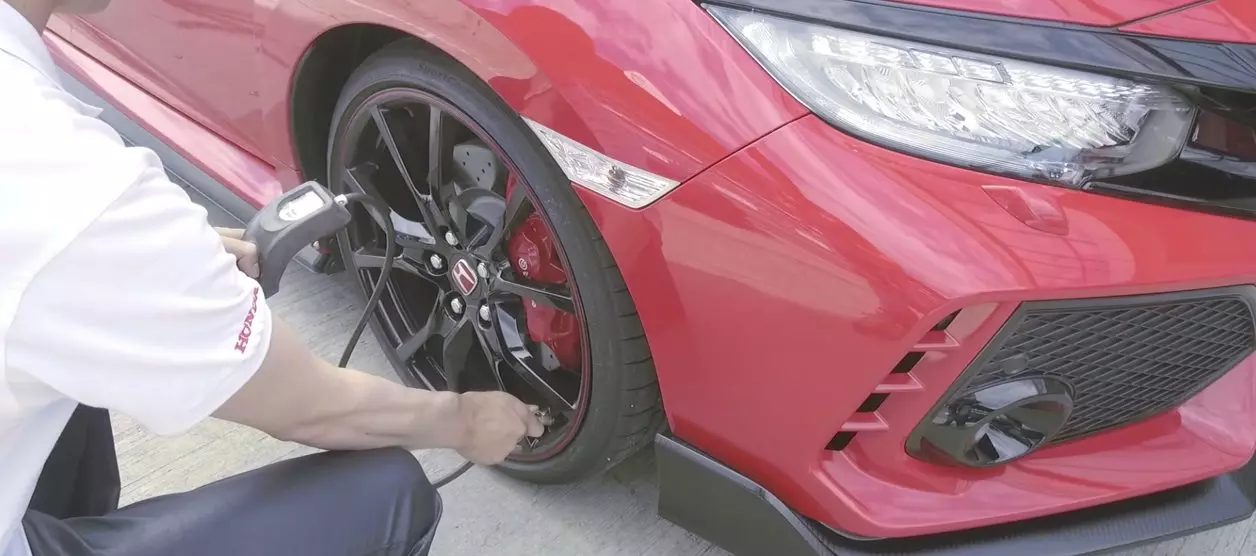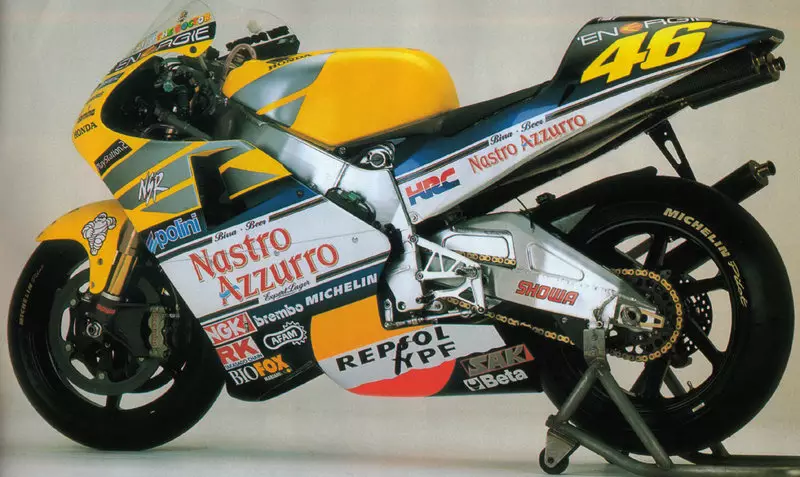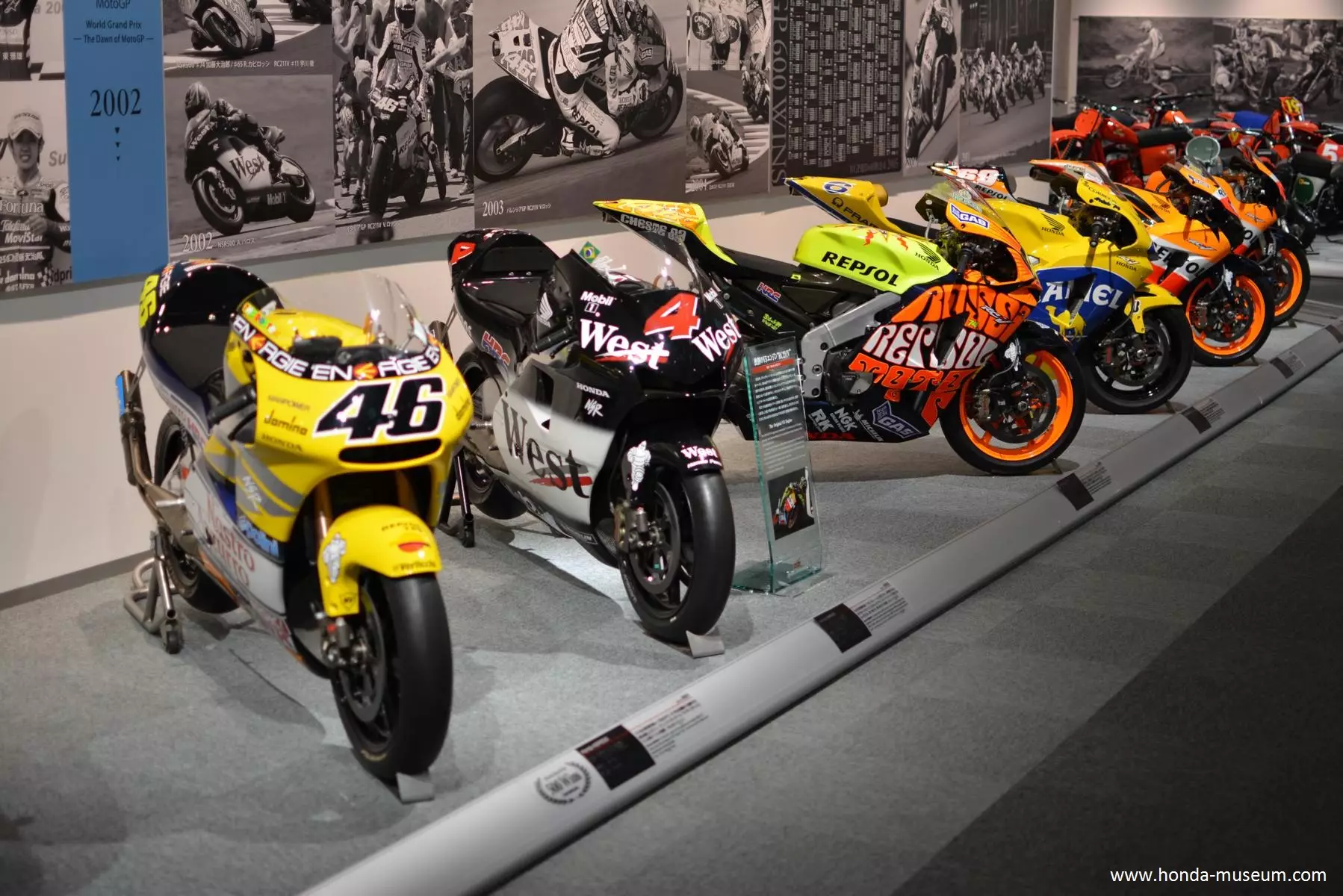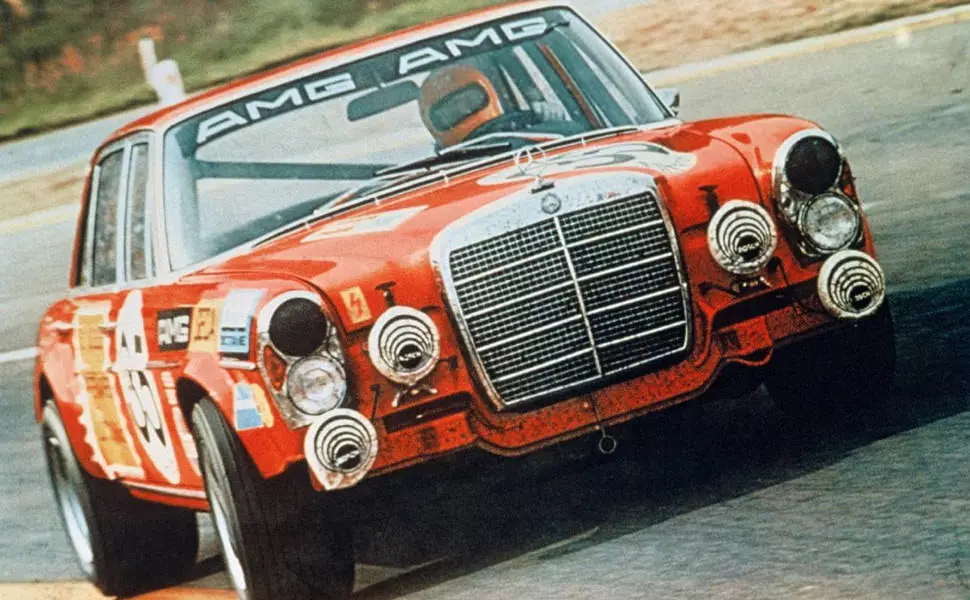Sometimes the world is an ugly place. The Honda Civic Type Rs you see in the images were all destroyed. They were born with a purpose, fulfilled it and died. And please don't tell Diogo that his summer love is no longer with us.
Were ALL destroyed despite breathing health and not suffering from any mechanical problem.
Health that could have been jeopardized by hundreds of laps in a circuit: untimely reductions, sudden accelerations, braking at the limit… by the way, braking beyond the limits!
These Honda Civic Type Rs withstood everything and in the end Honda gave the order to be destroyed. When one of the brand's managers on the sidelines of the event told us this, we were incredulous but not surprised.
But why destroyed?
Because the Honda Civic Type Rs that were driven by us and a hundred more journalists are pre-production units. They weren't final units.

These are models that in 99% of the parameters are the same as production models. The problem is that 1%… these models do not fully correspond to the parameters required by Honda, so they have to be destroyed.

What parameters are these?
Body panel alignments; interior details; paint homogeneity; general specifications that are not final. Anyway, small details and even defects that for Honda are not admissible in a final model.
Look at these pre-production units as "beta" versions of the software. They work, are operational but may have some bugs.

A Honda Tradition
It was not the first time, nor will it be the last, that Honda has destroyed its products in the name of values superior to financial matters.As an example, it is said that many of the Honda competition prototypes reach the end of the season and are… that's right, you guessed it. Destroyed. Reason? Safeguarding the brand's know-how.
Can I talk about a 2-stroke crossbow?
One of the best-known episodes involves Honda's motorcycle division, HRC. It was 2001 and Valentino Rossi — a gentleman needs no introduction… — asked Honda that at the end of the season, if he were to become MotoGP World Champion (ex-500 cm3), the brand would offer him one of their NSR 500s. Honda's answer was "no".

With the exception of the prototypes that went directly to the museum, the remaining NSR 500 were incinerated. Valentino Rossi couldn't make one of his dreams come true, having at home the last 2-stroke World Champion bike in the premier class.
A 'two-wheeled crossbow' with a 500 cm3 V4 (2 stroke) engine capable of developing 200 hp of power at 13 500 rpm. It weighed only 131 kg (dry).

Regarding the Honda NSR 500, Valentino Rossi once said that "motorbikes are objects too beautiful not to have a soul". If this is true — I think the same … — let them rest in peace, together with Diogo's “summer love”.

Unique case in the industry?
Not by shadows. There are more brands doing the same but the Japanese, as in many other things, are the most zealous about their intellectual property. But it was not always so…
In the 60's and 70's, it was normal for brands and teams to sell their competition models at the end of seasons or races at a "shrink". One of the most extreme cases took place in the 24 Hours of Le Mans. With the exception of the winning prototypes, the rest were a "burden".
With the mechanical wear suffered, the teams preferred to sell their models to whoever wanted to buy, sometimes at any price. That's how the first competitive AMG in history ended its days serving as a guinea pig for a civil aviation company. When it broke down, it was destroyed.

The question is: how much would this AMG be worth today? So it is. A fortune! But at that time no one valued them. You can read the full story of the "red pig" here.
